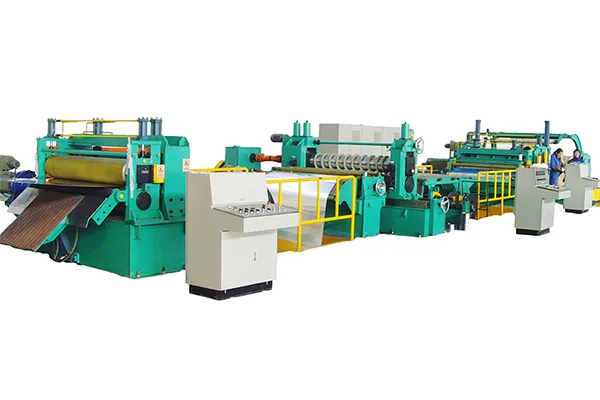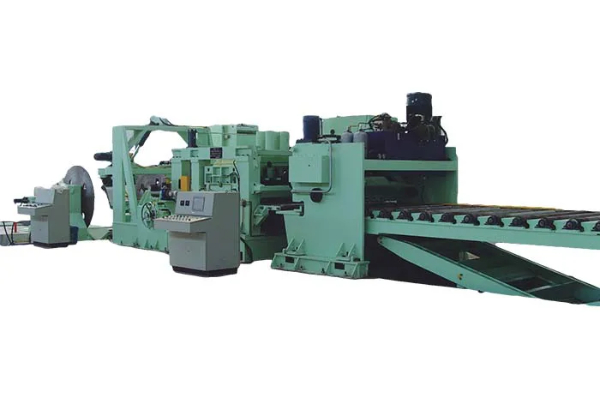
How to Achieve Consistent Results with Your CNC Sheet Bending Machine
- By:Metmac
- 2024-06-11
- 198
Harnessing the power of precision engineering, CNC sheet bending machines empower manufacturers to transform raw materials into intricate shapes with unmatched accuracy. However, achieving consistent and repeatable results demands a meticulous approach. Here’s a comprehensive guide to unlocking the full potential of your CNC bending machine and ensuring seamless production.
1. Calibrate Regularly:
Like any precision instrument, CNC bending machines require regular calibration to maintain accuracy. Calibrate the cylinders, encoder, and other critical components as per the manufacturer’s recommendations. This ensures that the machine bends each piece with the same precision, eliminating variations.
2. Material Matters:
The material you bend plays a significant role in the consistency of your results. Understand the material’s properties, including thickness, tensile strength, and grain orientation. Adjust the bending parameters accordingly to prevent distortion or cracking.
3. Tool Selection and Maintenance:
Choose the appropriate bending tools for your material and application. Sharpen and lubricate tools regularly to minimize friction and ensure smooth bending. Inspect tools for damage and replace them promptly to prevent imperfections.
4. Control the Temperature:
Temperature fluctuations can affect the bending process. Maintain a controlled environment in the workshop to prevent material shrinkage or expansion. Use temperature compensation features available on some CNC machines to adjust for variations.
5. Optimize Bending Programs:
Program the CNC machine meticulously, considering factors such as bend radius, bend angle, and bending sequence. Optimize programs to minimize dwell time and avoid over-bending, ensuring consistent results throughout the production run.
6. Monitor and Inspect:
Continuously monitor the bending process to detect any deviations from the desired parameters. Use gauges or sensors to verify bend angle and radius, and make adjustments as needed. Regularly inspect finished parts to ensure they meet quality standards.
7. Prevent Tool Deflection:
Tool deflection can introduce inconsistencies in the bending process. Use support arms or anti-deflection devices to minimize tool flex and maintain precise bending.
8. Maintain Proper Lubrication:
Lubricate the moving parts of the CNC bending machine regularly. This reduces friction and wear, contributing to consistent operation and extended machine life.
Conclusion:
Achieving consistent results with your CNC sheet bending machine requires a systematic approach. By following these best practices, you can mitigate variations, optimize productivity, and ensure the highest quality parts. Remember, precision engineering demands attention to detail and continuous improvement. Embrace these principles to unlock the full potential of your CNC bending machine and revolutionize your sheet metal fabrication processes.
-
Sheet Metal Rolling Machine for Sale: Finding Precision and Durability with METMAC
2025/12/09 -
Press Brake Bending Machine: Engineering Precision with METMAC
2025/12/09 -
CNC Sheet Bending Machine: Precision Redefined with METMAC
2025/12/09 -
Sheet Metal Roll Forming Machines: The Precision of METMAC Engineering
2025/12/09
-
Advanced Sheet Metal Rolling, Laser Cutting, and Folding Machines for Precision Fabrication
2025/10/31 -
High-Performance Sheet Metal Bending and Cutting Machines for Modern Fabrication
2025/10/31 -
High-Quality Sheet Metal Equipment for Sale: Efficient Solutions for Modern Manufacturing
2025/10/31 -
High-Performance Sheet Metal Equipment for Sale: Forming and Shearing Solutions for Modern Fabrication
2025/10/22
-
A Guide to the Latest Innovations in Sheet Metal Folding Machines
2024/11/29 -
Key Features to Consider When Investing in a Sheet Metal Folding Machine
2024/11/28 -
Enhancing Precision with Advanced Sheet Metal Folding Machines
2024/11/27 -
How to Choose the Right Sheet Metal Folding Machine for Your Workshop
2024/11/26







